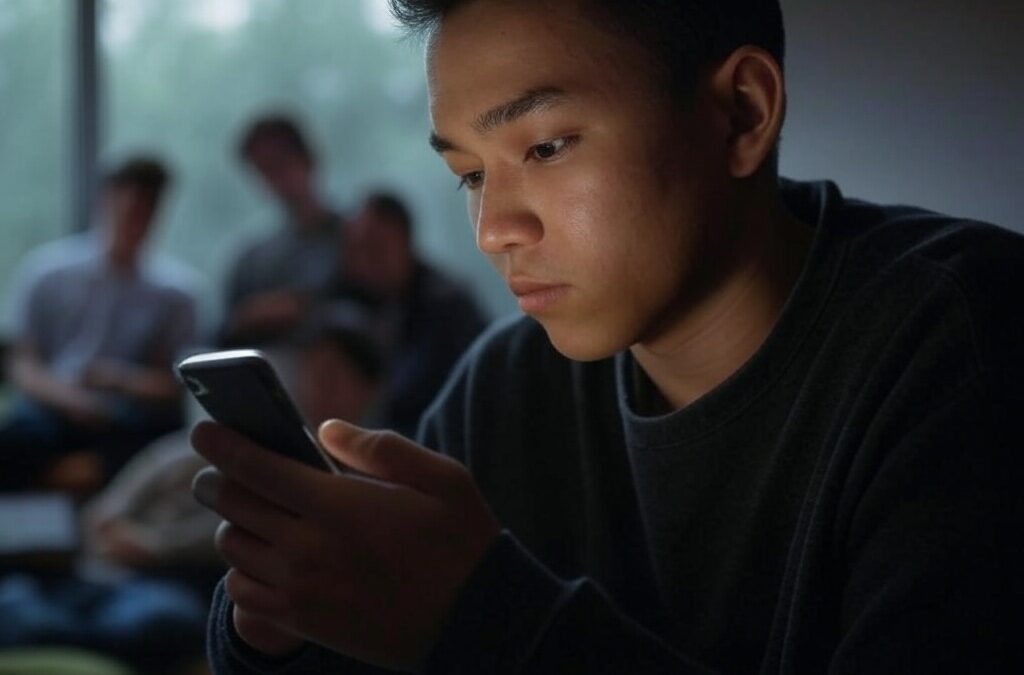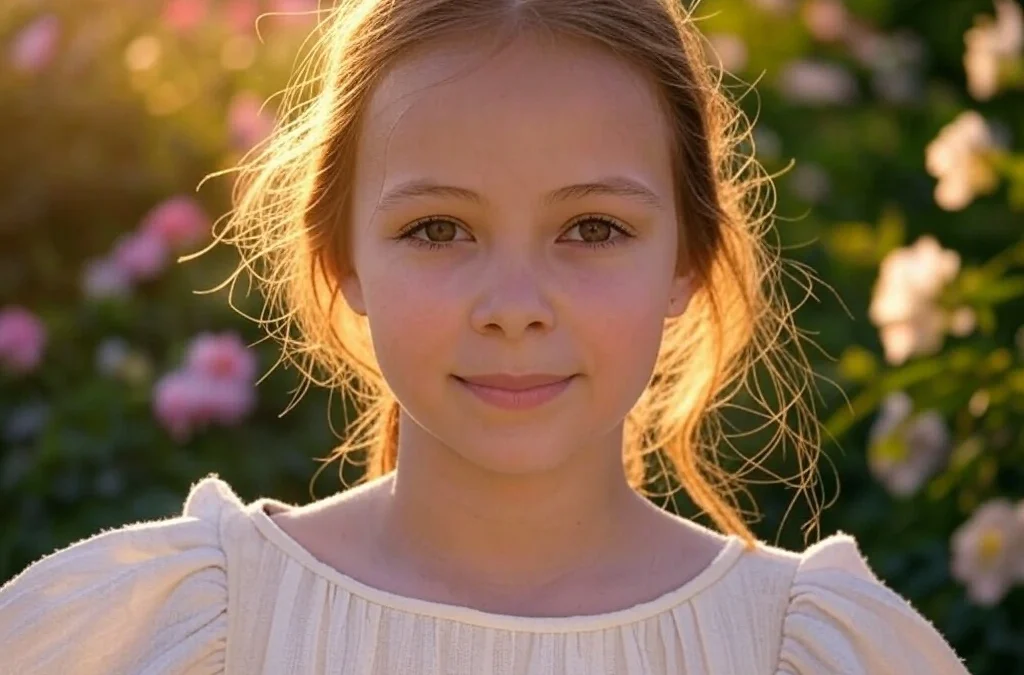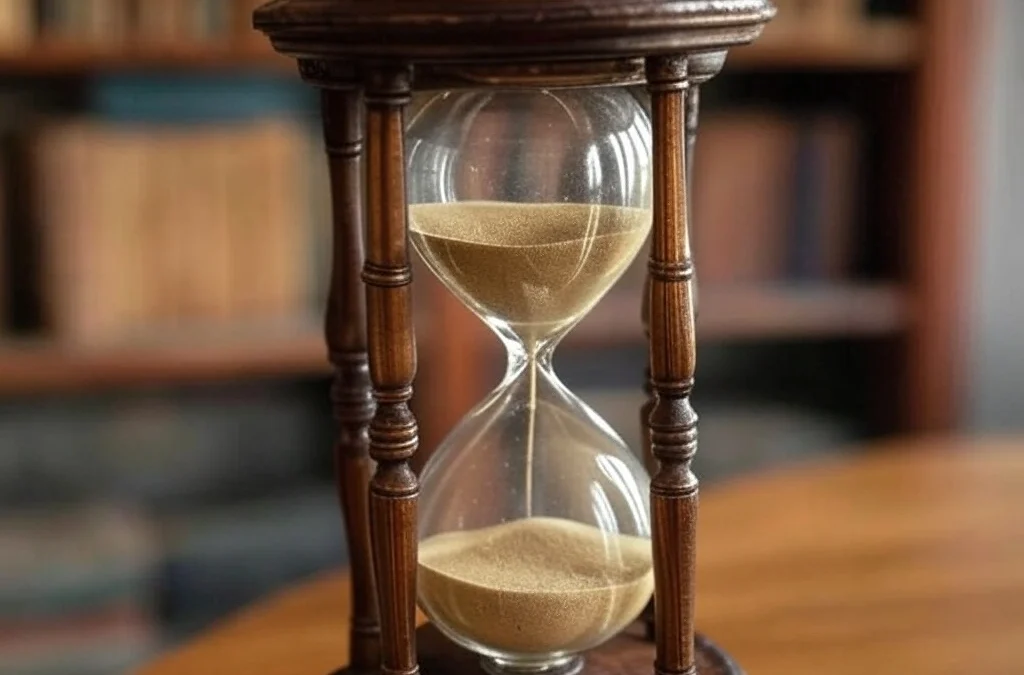Microaggressions are subtle yet impactful instances of discrimination that permeate everyday interactions. These seemingly innocuous comments, actions, or behaviors often target marginalized groups, causing harm and perpetuating stereotypes. In our exploration of the top 30 examples of microaggressions, we shed light on these insidious acts, aiming to foster awareness and understanding. From remarks tinged with racial undertones to assumptions about gender or identity, these microaggressions underscore the need for recognizing and addressing systemic biases deeply embedded in societal interactions.
In this comprehensive compilation, we delve into various spheres where microaggressions manifest: in workplaces, educational settings, social gatherings, and beyond. By highlighting these instances, we seek to empower individuals to identify and confront such behavior while fostering inclusive environments. Our goal is not only to showcase the prevalence of microaggressions but also to equip readers with the knowledge to challenge these harmful actions, fostering a more empathetic and equitable society.
What are Microaggressions?
Microaggressions refer to subtle, often unintentional actions or comments that convey negative or discriminatory messages towards marginalized groups. These actions, whether verbal or nonverbal, can perpetuate stereotypes, undermine individuals’ sense of belonging, and contribute to a hostile or unwelcoming environment. Understanding and addressing microaggressions are crucial steps toward fostering inclusivity and creating a more respectful and equitable society.
Microaggressions can manifest in various forms, such as comments, gestures, or behaviors that communicate subtle messages of bias or prejudice. These incidents are often rooted in stereotypes or ingrained societal attitudes, targeting aspects like race, gender, sexual orientation, religion, or disability.
Some common examples include remarks like ‘You’re so articulate for someone from your background’ or ‘You don’t look [insert ethnicity].’ While these might appear innocuous, they can inflict emotional harm and contribute to a sense of otherness or exclusion.
Understanding the impact of microaggressions is crucial as they accumulate over time, creating a hostile environment that affects individuals’ mental health, well-being, and sense of belonging. Addressing these subtle but harmful behaviors involves education, awareness-building, and fostering a culture of respect and empathy.
Recognizing, acknowledging, and actively working to eliminate microaggressions is essential in cultivating diverse, inclusive spaces where everyone feels valued and respected, irrespective of their background or identity.
The Best Examples of Microaggressions
1. Assumption of Criminality
This microaggression involves judging individuals from marginalized groups as potentially dangerous based on stereotypes. Crossing the street or clutching belongings perpetuates harmful assumptions about their character.
2. Backhanded Compliments
Offering a compliment with an underlying insult, like praising someone’s articulacy while implying surprise due to preconceived biases, reinforces stereotypes, and diminishes the individual’s achievements.
3. Colorblindness
Dismissing the significance of someone’s racial or ethnic background by claiming to be “colorblind” denies the richness of diverse experiences and challenges faced by different communities.
4. Cultural Appropriation
Adopting elements of a culture without understanding their context can be disrespectful, trivializing traditions and reinforcing power imbalances.
5. Denial of Individual Racism
Claiming innocence based on having friends from a particular group dismisses systemic issues and deflects from personal responsibility for combating prejudice.
6. Disability Microaggressions
Using language like “What’s wrong with you?” or assuming a disabled person always needs assistance perpetuates ableism and undermines their agency.
7. Exoticization
Fetishizing or romanticizing someone based on their ethnicity objectifies individuals, reducing them to stereotypes rather than recognizing their unique qualities.
8. Gender Microaggressions
Focusing on a woman’s appearance over her accomplishments in a professional context reinforces harmful gender stereotypes and undermines her professional contributions.
9. Heteronormativity
Assuming everyone is heterosexual overlooks the diversity of sexual orientations, reinforcing the idea that non-heterosexual relationships are abnormal.
10. Invisibility
Ignoring or overlooking someone based on their background communicates a lack of value for their contributions, perpetuating feelings of exclusion.
11. Linguistic Microaggressions
Correcting someone’s grammar or accent, especially if English is not their first language, can be patronizing and dismissive of their intelligence.
12. Mansplaining
Explaining something condescendingly to a woman based on the assumption that her lack of knowledge perpetuates gender stereotypes and undermines her expertise.
13. Microassaults
Explicit, conscious discriminatory actions, like using racial slurs, contribute to a hostile environment and reinforce harmful stereotypes.
14. Misgendering
Referring to someone using language that doesn’t align with their gender identity invalidates their self-perception and contributes to gender dysphoria.
15. Pathologizing Cultural Values
Treating cultural practices different from one’s own as abnormal or inferior reinforces ethnocentrism and undermines cultural diversity.
16. Policing Identity
Telling someone they don’t fit into a specific racial or gender category based on appearance denies their right to self-identify and perpetuates harmful stereotypes.
17. Racial Profiling
Assuming someone is engaged in criminal activity based on their race contributes to systemic racism and perpetuates unjust treatment.
18. Religious Microaggressions
Making assumptions or comments about someone’s religious beliefs can be insensitive and contribute to religious discrimination.
19. Tokenism
Including a person from a marginalized group merely to create a facade of diversity without meaningful inclusion reinforces inequality and tokenizes individuals.
20. Unequal Opportunities
Denying opportunities or resources to individuals based on their background perpetuates systemic discrimination and reinforces existing inequalities.
21. Ageism
Making assumptions about someone’s abilities or opinions based on their age perpetuates stereotypes and limits individual potential.
22. Class Microaggressions
Assuming someone’s socioeconomic status and treating them differently perpetuates social stratification and can create barriers to upward mobility.
23. Environmental Microaggressions
Creating spaces that are unwelcoming or inaccessible to certain groups perpetuates exclusion and reinforces systemic inequalities.
24. Ignorance of Socioeconomic Privilege
Dismissing the impact of privilege and assuming everyone has equal access to resources perpetuates social injustice and inequality.
25. Microinsults
Subtle actions or comments that demean someone’s identity, even unintentionally, can contribute to feelings of alienation and contribute to a hostile environment.
26. Normalization of Offensive Language
Allowing the use of derogatory terms without addressing their impact normalizes harmful behavior and contributes to a culture of disrespect.
27. Othering
Treating individuals from certain groups as fundamentally different or “other” perpetuates a sense of alienation and exclusion.
28. Patriarchal Microaggressions
Reinforcing traditional gender roles or dismissing the contributions of women contributes to gender inequality and undermines efforts for gender equity.
29. Racist “Jokes”
Making jokes that perpetuate racial stereotypes or make light of serious issues contributes to a culture that normalizes discrimination and minimizes the impact of racism.
30. Stereotyping
Assuming that everyone from a particular group shares the same characteristics or beliefs oversimplifies diversity, perpetuates bias, and reinforces harmful generalizations.
Importance of Microaggressions
Microaggressions, though seemingly small and subtle, carry significant importance in understanding the dynamics of interpersonal communication and social interactions. These are brief and commonplace verbal or behavioral expressions that convey underlying prejudices or assumptions. While individually they may appear harmless, their cumulative impact can be detrimental to individuals and contribute to a hostile or unwelcoming environment.
One crucial aspect of the importance of addressing microaggressions lies in their potential to perpetuate stereotypes and reinforce existing biases. These subtle expressions can contribute to the normalization of discriminatory attitudes, creating a pervasive atmosphere that marginalizes certain groups. Over time, this can lead to the erosion of self-esteem, increased stress, and a sense of alienation for those targeted by microaggressions.
Furthermore, microaggressions can impede open communication and hinder the development of inclusive spaces. They create a climate where individuals may feel hesitant or uncomfortable expressing themselves fully, fearing the recurrence of subtle put-downs or dismissive remarks. This inhibits the free exchange of ideas and perspectives, hindering the potential for collaboration and innovation within diverse groups.
Addressing the importance of microaggressions also involves recognizing their role in broader issues of systemic inequality and social justice. Microaggressions often reflect and contribute to deeply ingrained societal prejudices. By addressing these subtle expressions, we can contribute to a more comprehensive effort to dismantle discriminatory structures and promote a fair and equitable society.
Addressing Microaggressions
Addressing microaggressions involves a combination of self-awareness, education, and proactive communication. Here are several steps and strategies to consider:
- Self-Education
- Understand Microaggressions: Educate yourself about what microaggressions are and the various forms they can take. Recognize that they often manifest unconsciously and may not be intentional.
- Reflect on Your Own Biases
- Self-Reflection: Reflect on your own beliefs, biases, and assumptions. Consider how these may influence your interactions with others and be open to challenging and changing these biases.
- Promote Open Dialogue
- Create Safe Spaces: Foster an environment where people feel comfortable expressing their feelings and experiences. Encourage open dialogue about diversity and inclusion.
- Encourage Feedback
- Invite Communication: Encourage individuals to speak up if they experience or witness microaggressions. Provide avenues for anonymous reporting if necessary to ensure a safe space for expression.
- Active Listening
- Empathetic Listening: If someone shares an experience of microaggression, listen empathetically without dismissing their feelings. Acknowledge the impact of the behavior, even if it was unintentional.
- Use “I” Statements:
- Express Your Feelings: When addressing a microaggression, use “I” statements to express how the behavior made you feel. This avoids sounding accusatory and promotes understanding.
- Provide Education
- Share Information: If appropriate, provide information about microaggressions and their impact. Help others understand why certain comments or actions can be hurtful.
- Model Inclusive Behavior
- Lead by Example: Demonstrate inclusive behavior in your own actions and language. Model the values of respect and appreciation for diversity.
- Training and Workshop
- Organize Workshops: Conduct diversity and inclusion training sessions to increase awareness of microaggressions and provide tools for addressing and preventing them.
- Institutional Change
- Advocate for Policies: Encourage the implementation of policies and procedures within organizations or institutions that address and prevent microaggressions.
- Cultural Competence Training
- Cultural Sensitivity Training: Support initiatives that promote cultural competence and sensitivity, helping individuals understand and navigate diverse perspectives.
- Seek Professional Hel
- Consult HR or Leadership: If microaggressions persist in a workplace or institutional setting, seek guidance from human resources or leadership to address the issue at a higher level.
- Community Involvement
- Engage in Community Discussions: Participate in community discussions on diversity and inclusion to contribute to a broader cultural shift.
Remember, addressing microaggressions is an ongoing process that requires commitment and collective effort. It involves creating an atmosphere where individuals are not only aware of these subtle behaviors but are actively working towards eliminating them to foster a more inclusive and respectful environment.
Types of Microagressions
Microaggressions are subtle yet impactful forms of discrimination that permeate various aspects of daily interactions. These seemingly innocuous verbal, behavioral, or environmental slights communicate derogatory or negative messages to specific individuals or groups. Understanding the nuanced types of microaggressions is crucial in recognizing and addressing these pervasive, often unintentional forms of bias.
Microaggressions manifest in three primary forms: microassaults, microinsults, and microinvalidations. Microassaults are explicit and deliberate actions or verbalizations intended to demean or offend. These can range from racial epithets to purposeful exclusion based on identity.
Microinsults, on the other hand, are subtler. They convey rudeness or insensitivity, often through unintended comments or behaviors that belittle someone’s identity. For instance, asking a person of color where they are “really from” insinuates they are not a true American.
Microinvalidations dismiss or negate the experiences, feelings, or identity of an individual or group. These may involve refusing to acknowledge someone’s gender identity or dismissing the impact of systemic racism.
Unpacking microaggressions reveals the complexity and pervasive nature of subtle discrimination. Often dismissed as insignificant or misunderstood as innocent remarks, these interactions accumulate, fostering a hostile or unwelcoming environment for marginalized groups. Recognizing and addressing microaggressions requires not only individual introspection but also systemic changes in societal attitudes and behaviors.
Effectively addressing microaggressions involves proactive steps, such as education and awareness campaigns, workplace diversity training, and creating inclusive spaces where individuals feel empowered to address and confront such behaviors. By fostering a culture of respect, understanding, and open dialogue, societies can move toward eliminating these insidious forms of discrimination.
Awareness and vigilance are key in dismantling the impact of microaggressions. Engaging in constructive conversations, amplifying marginalized voices, and advocating for equitable treatment are fundamental in creating a more inclusive and just society. Ultimately, recognizing and challenging microaggressions is a pivotal step toward building a world where all individuals are valued and respected for who they are.
The Most Popular on BitGlint

40 Social Dilemma Examples in the World & Real Life
Social dilemmas are everywhere. They shape the choices we make at work, in our communities, and even on a global...

30 Favor Examples & Definition
Doing a favor means helping someone without expecting anything in return. It’s an act of kindness that can strengthen...

30 Naivety Examples & Definition
Naivety is something most people experience at some point in their lives. It often starts in childhood, but for some,...

20 Chronology Examples & Meaning
Chronology is something we use more than we realize. It shows up in conversations, in how we remember the past, and in...

30 Wishful Thinking Examples & Meaning
Wishful thinking is something we all do at some point. You hope things will turn out fine—even if there’s no real...

20 Examples of Gravity & What Gravity Really Is
Gravity is one of the most important forces in the universe, but many people don’t fully understand what it really is...

20 Examples of Secondary Consumers in the Food Chain
Secondary consumers are animals that eat other animals—usually herbivores that feed on plants. They’re an important...
Get Inspired with BitGlint

